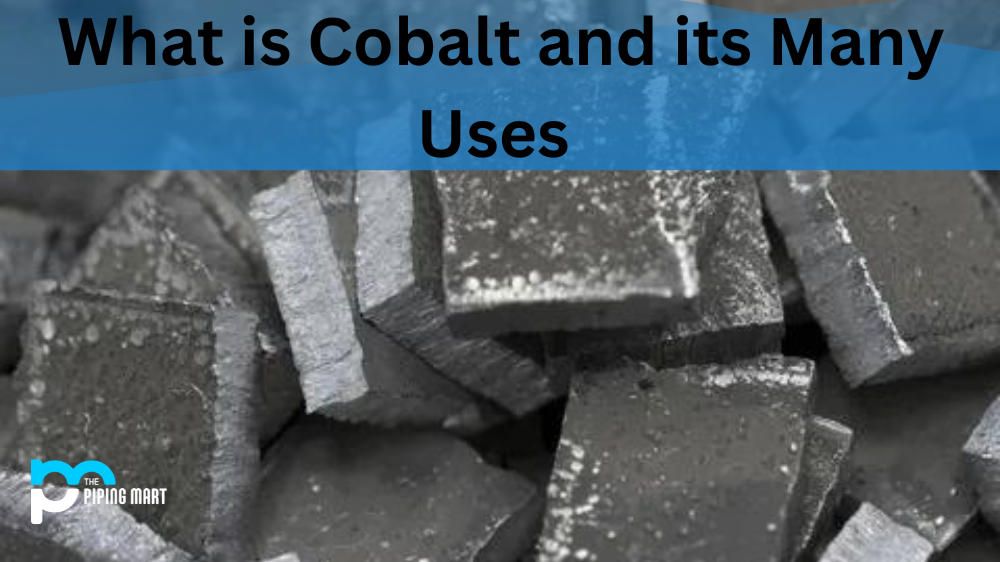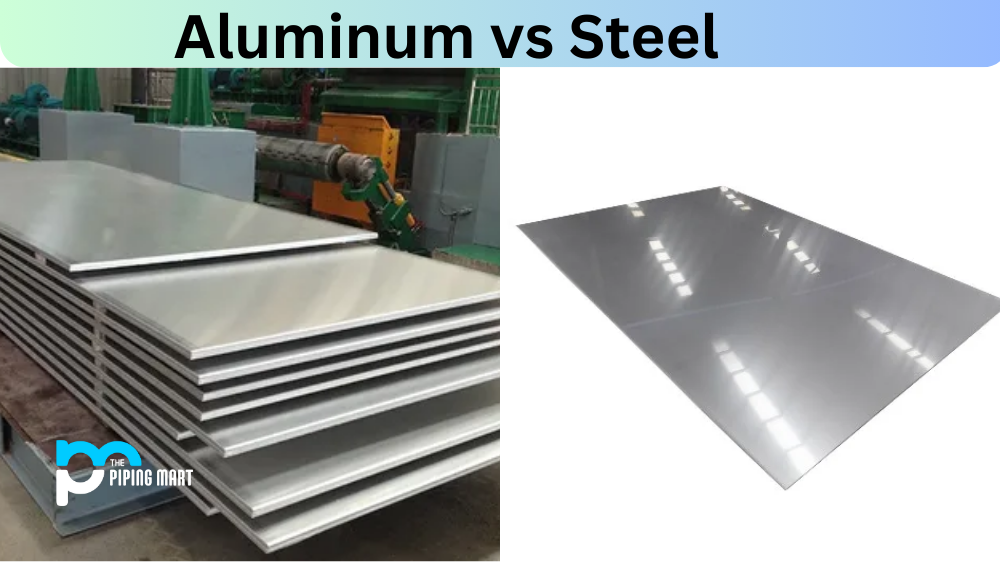Cobalt is a hard, lustrous, silver-grey metal that has become an important part of many industries. It has a wide range of uses due to its unique physical and chemical properties, and can be found in everything from medical equipment to aerospace components. In this article, we will explore the composition of cobalt, its mechanical properties, and some of its many uses.
Cobalt Composition
Cobalt is the 26th element on the periodic table. It has an atomic number of 27 and an atomic weight of 58.933195 g/mol. It typically occurs in nature as a combination of sulfides, oxides, silicates, arsenides, and carbonates. Its most common oxidation state is +2.
Cobalt Mechanical Properties
In terms of mechanical properties such as strength or hardness, cobalt is quite strong compared to other metals like aluminum or iron. Its melting point is 1495 °C (2723 °F) and its boiling point is 2870 °C (5198 °F). It has a low thermal expansion coefficient which makes it suitable for applications where thermal shock resistance is needed; it also has good corrosion resistance in air at room temperature. Furthermore, cobalt’s magnetic properties make it useful for electrical applications such as electric motors or generators.
| Properties | Metric | Imperial |
|---|---|---|
| Yield strength | 225 MPa | 32600 psi |
| Poisson’s ratio | 0.32 | 0.32 |
| Modulus of elasticity | 211 GPa | 30600 ksi |
| Shear modulus | 82.6 GPa | 12000 ksi |
| Hardness, Brinell | 125 | 125 |
| Hardness, Vickers | 253 | 253 |
Cobalt physical properties
Cobalt is an incredibly versatile metal with a wide range of physical properties, making it highly valued for its commercial use. It has a melting point over two thousand degrees Celsius, an atomic weight of 58.93 and a density of 8.90g/cm₃, making it an incredibly resilient element. Its electrical conductivity makes it ideal for commercial applications such as electroplating and electronics. It’s also highly malleable, allowing the production of thin sheets that can be cut and formed into a variety of objects. Cobalt is magnetic and has been used in creating strong permanent magnets. The strength and stability of cobalt along with its affordability make it one of the most popular metals in industry today.
- Cobalt is a hard, brittle metal with a silvery-white color.
- It is found in nature only in chemically combined form, and is not found naturally as a free element.
- Cobalt has an atomic number of 27 and an atomic weight of 58.933195.
- It is located in the periodic table in group 9, between iron and nickel.
- Cobalt is paramagnetic, meaning that it can be magnetized but only in the presence of an external magnetic field.
| Properties | Metric | Imperial |
|---|---|---|
| Density | 8.80 g/cm3 | 0.318 lb/in3 |
| Melting point | 1493 °C | 2719 °F |
| Boiling point | 2927 °C | 1603°F |
Cobalt Uses
Due to its unique properties, cobalt can be used for a variety of purposes across different industries. In medicine, cobalt-60 is used in radiation therapy because it emits gamma rays that can penetrate tissue and target cancer cells with precision; other isotopes are used in radiopharmaceuticals that help diagnose diseases such as cancer or heart disease. In industrial settings, cobalt alloys are often used in cutting tools due to their high wear resistance; they are also used in aircraft turbine engines due to their high temperature strength and stability at high altitudes. Finally, pure cobalt can be found in rechargeable batteries due to its excellent electrochemical properties; it’s also gaining popularity as a material for 3D printing applications due to the fact that parts printed with cobalt tend to be stronger than those made with other materials.
Conclusion
As you can see from this article, cobalt is an incredibly versatile metal with many uses across multiple industries. Its unique physical and chemical properties make it ideal for medical applications like radiation therapy or diagnostics; industrial settings like cutting tools; aircraft turbines; rechargeable batteries; and even 3D printing applications! If you’re looking for an effective way to utilize this versatile metal for your own projects or products then consider looking into what Cobalt can do for you!

Pipingmart is B2B portal specializes in industrial, metal and piping products. Also, share latest information and news related to products, materials and different types grades to help business dealing in this industry.




